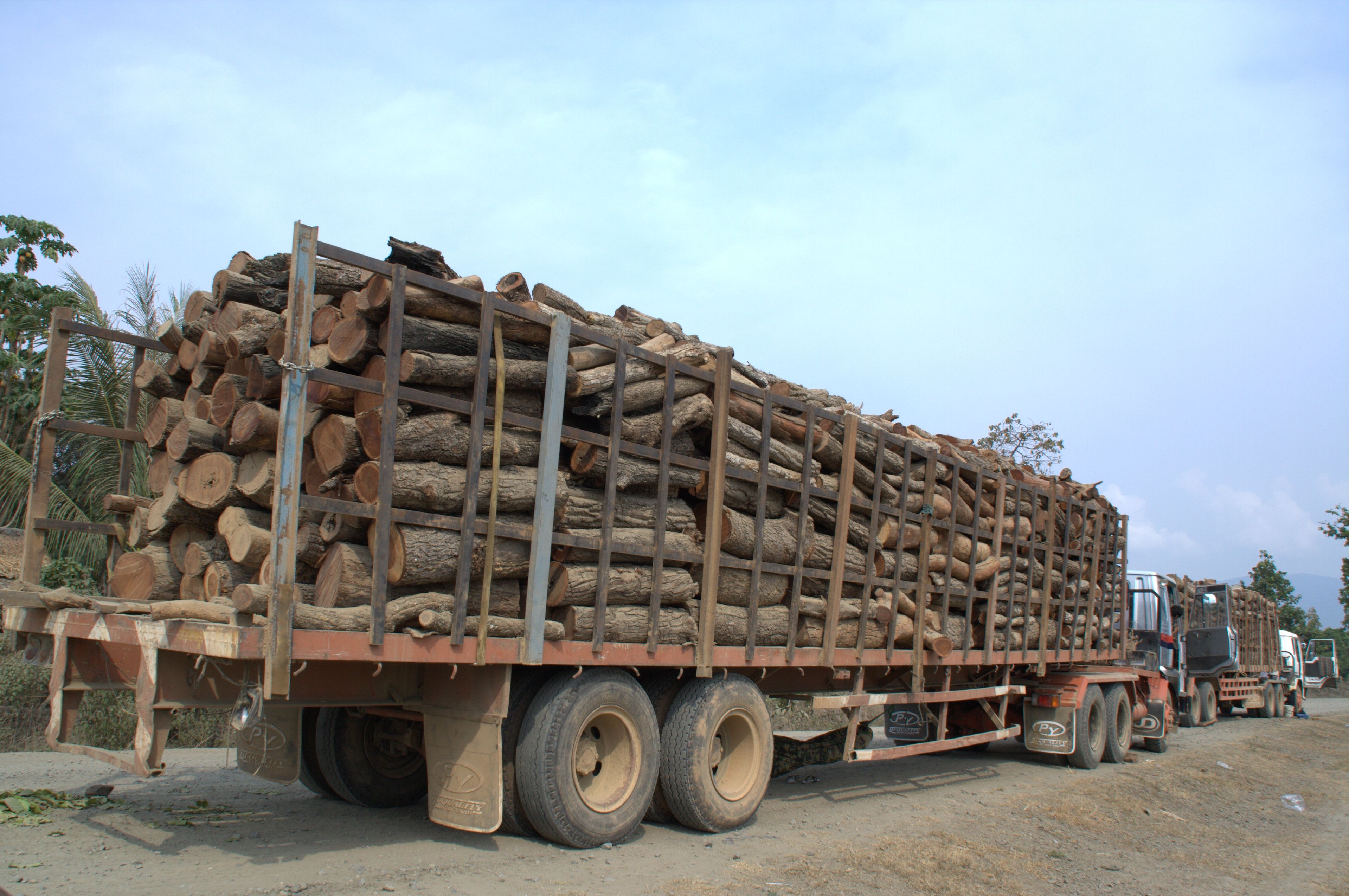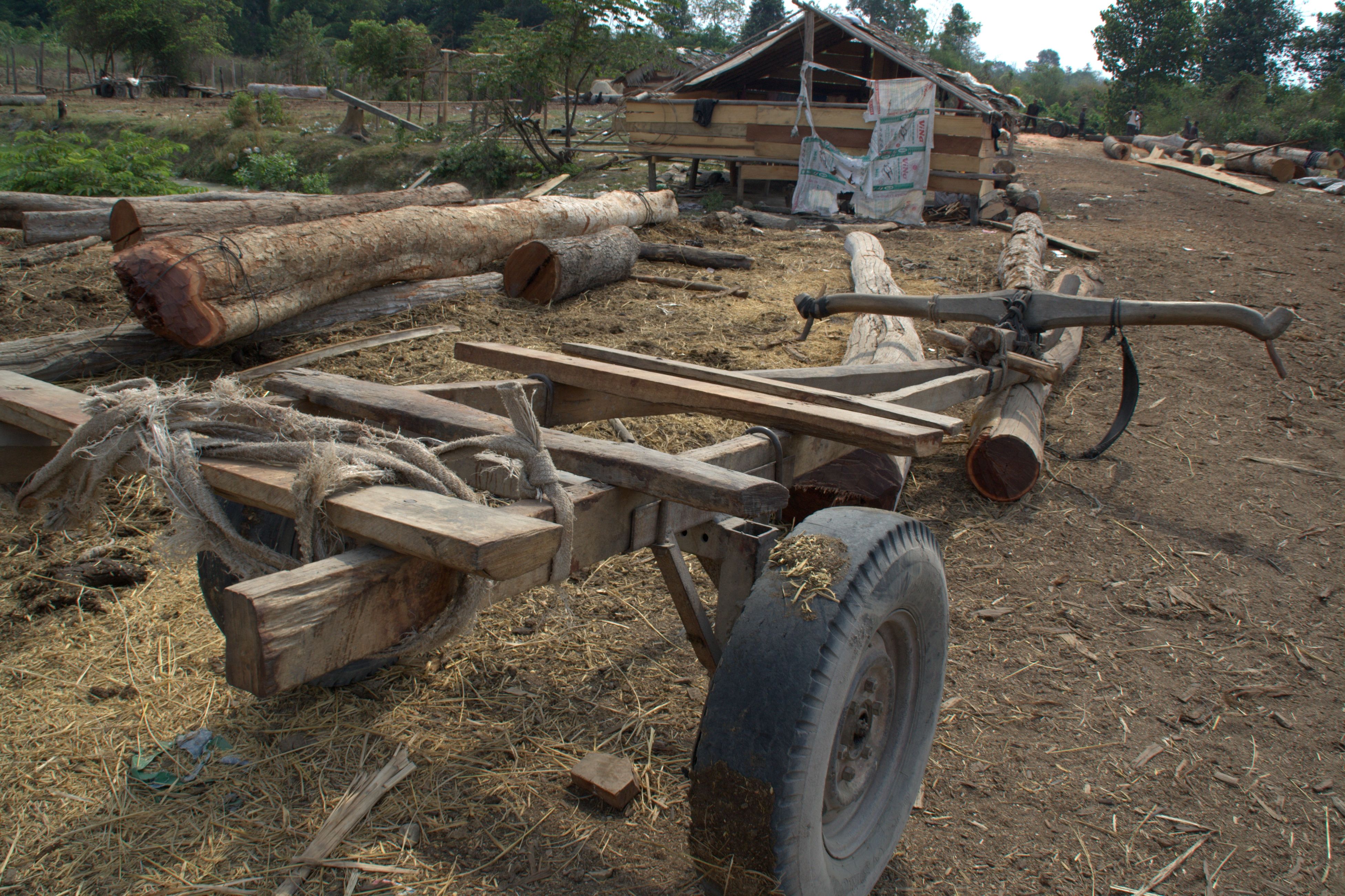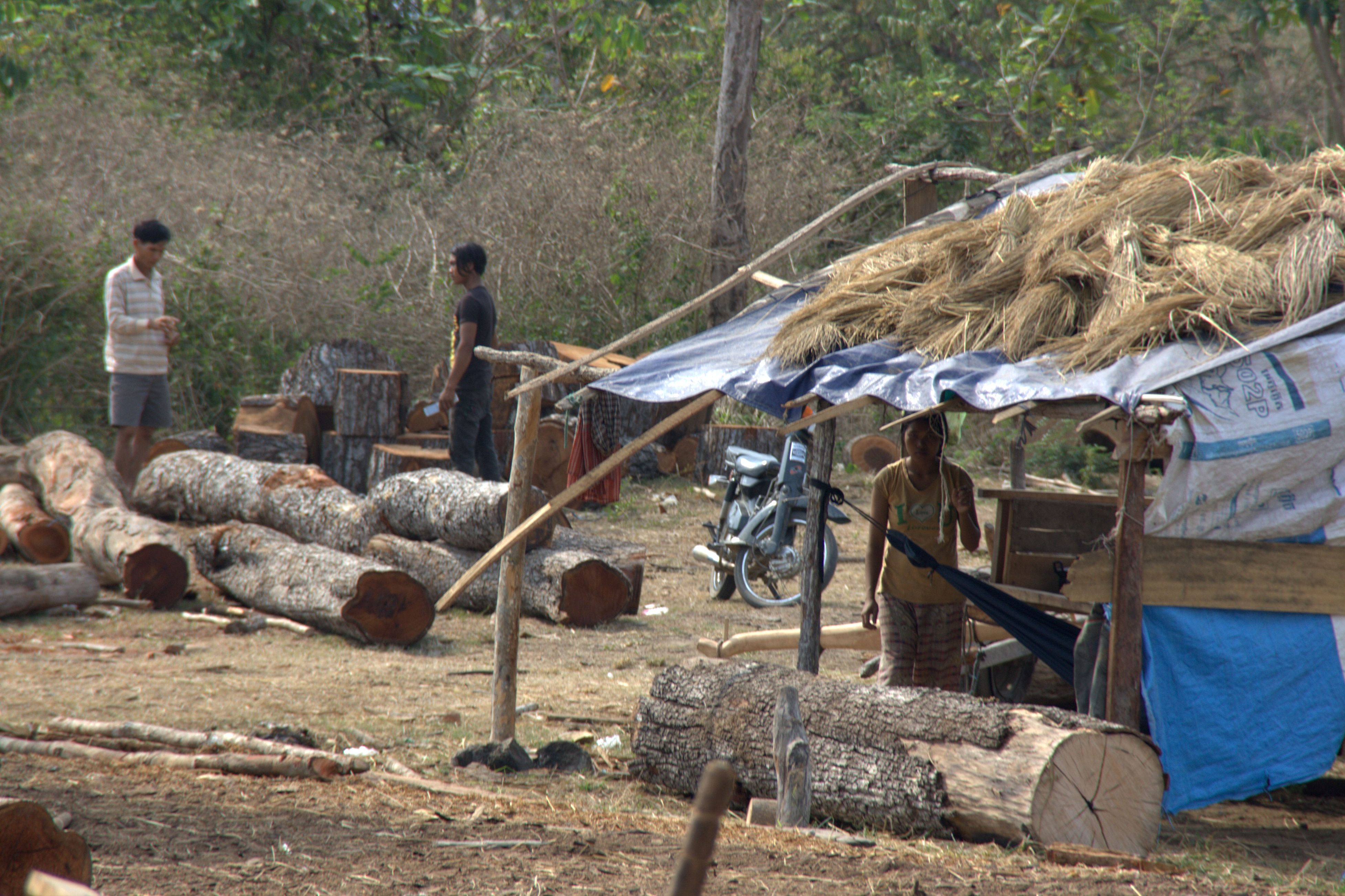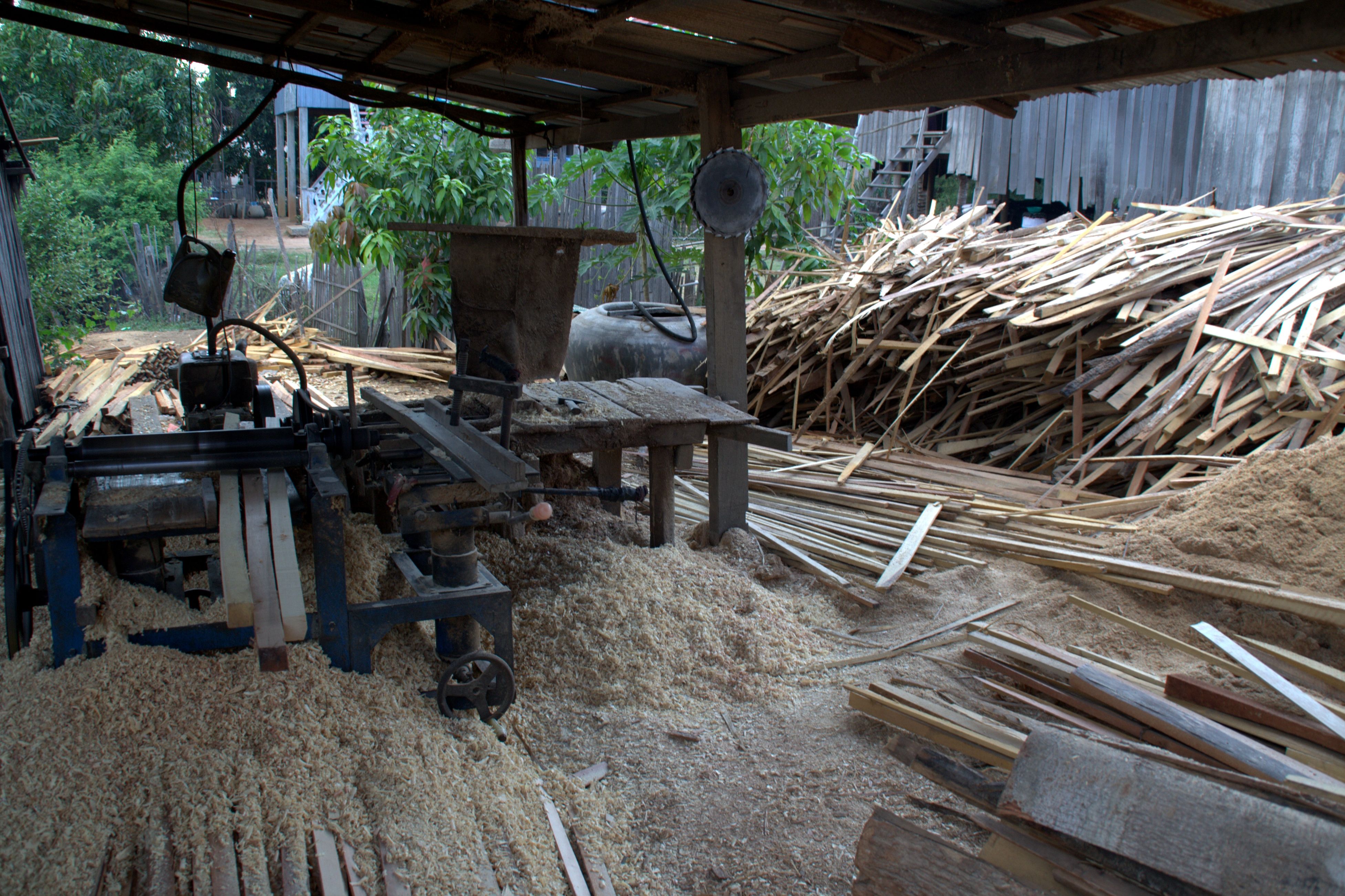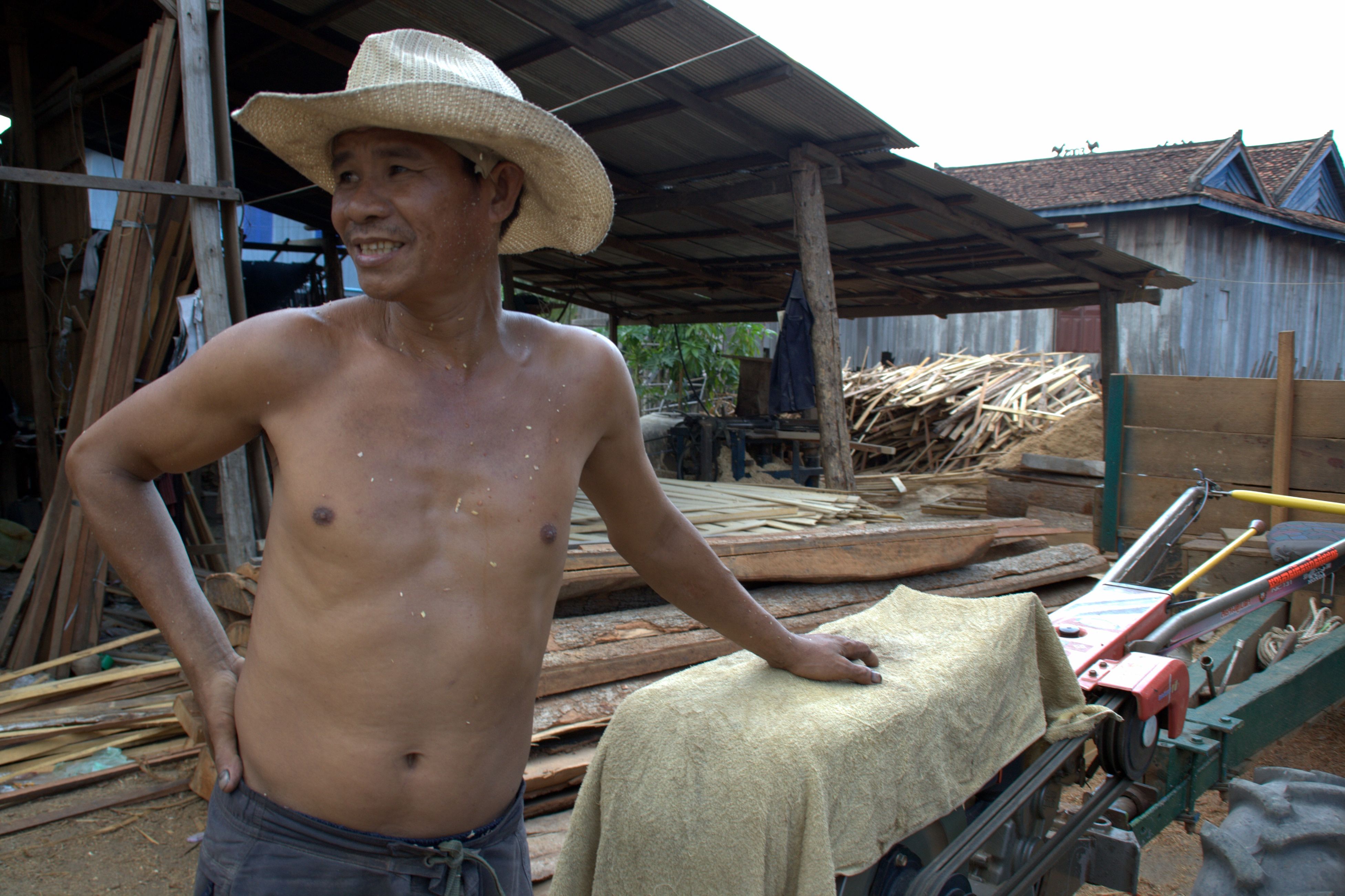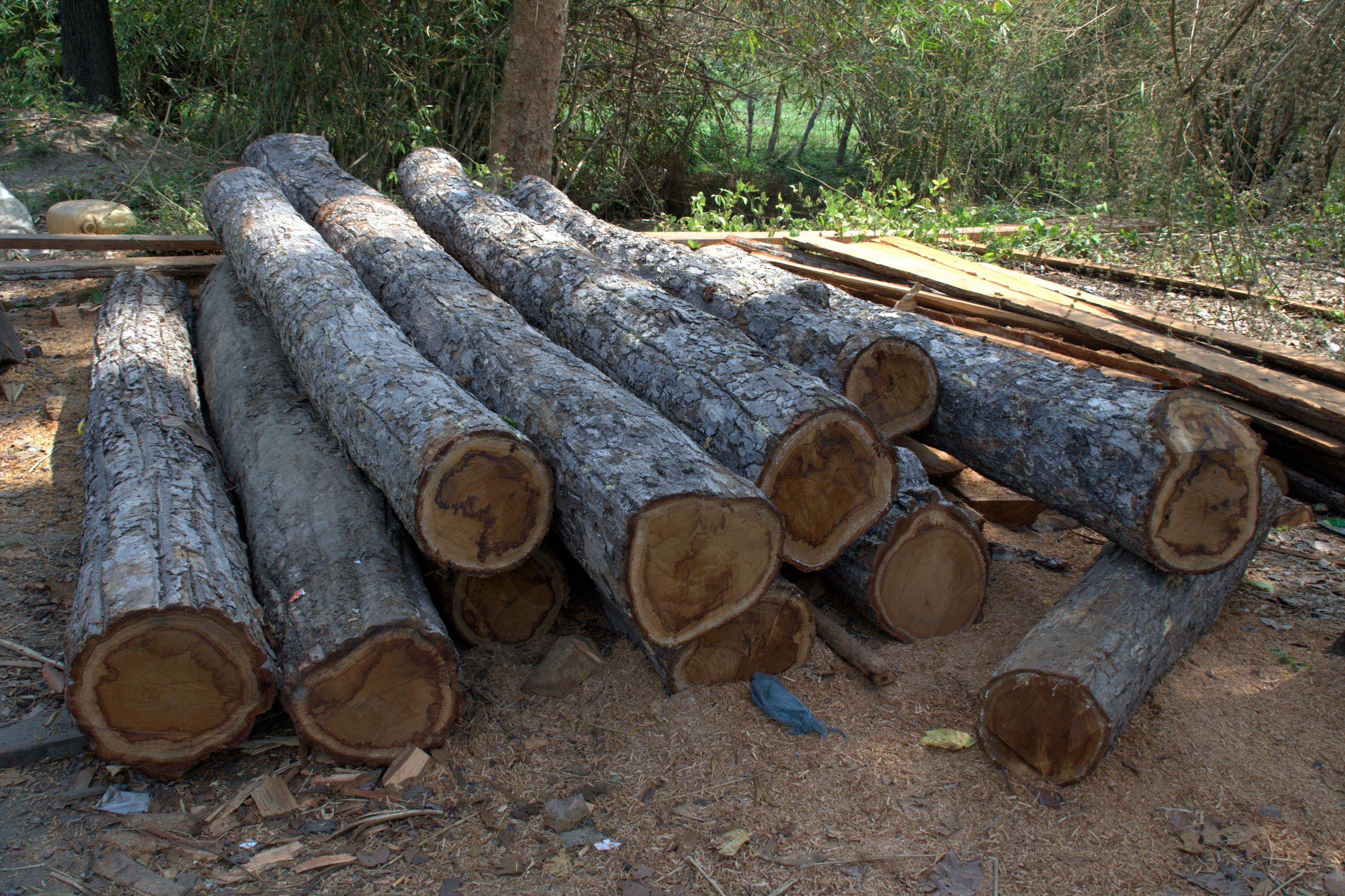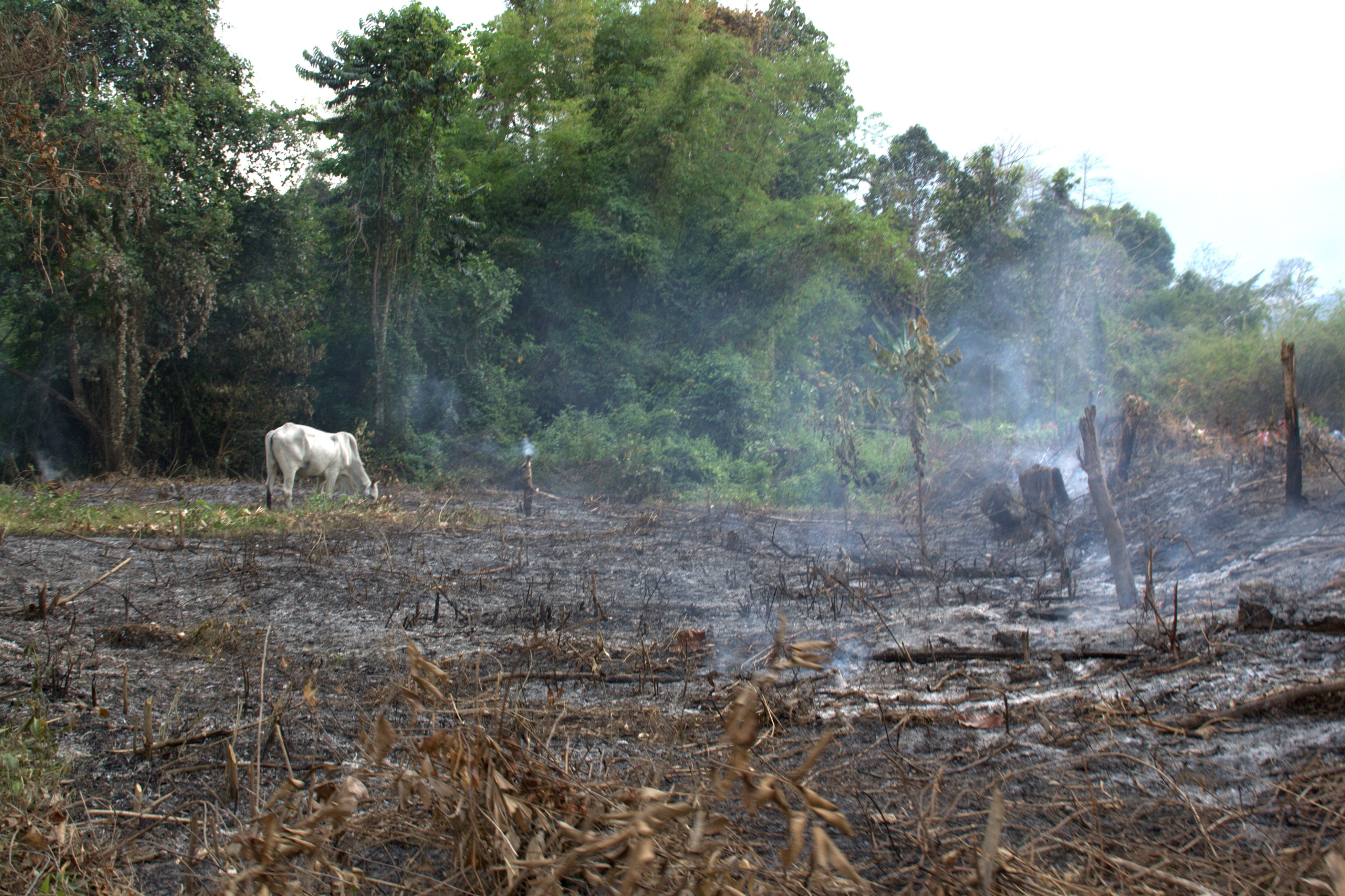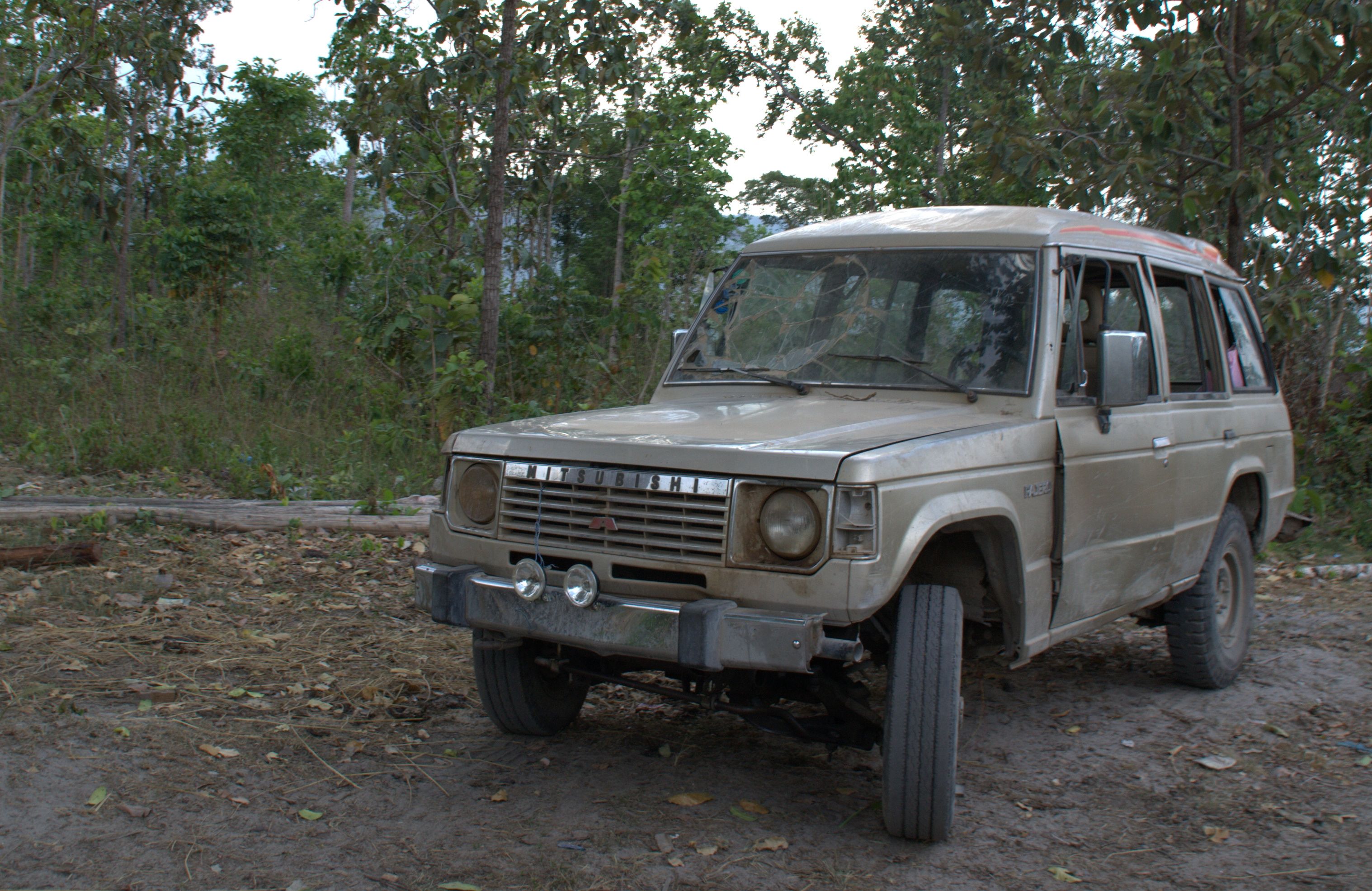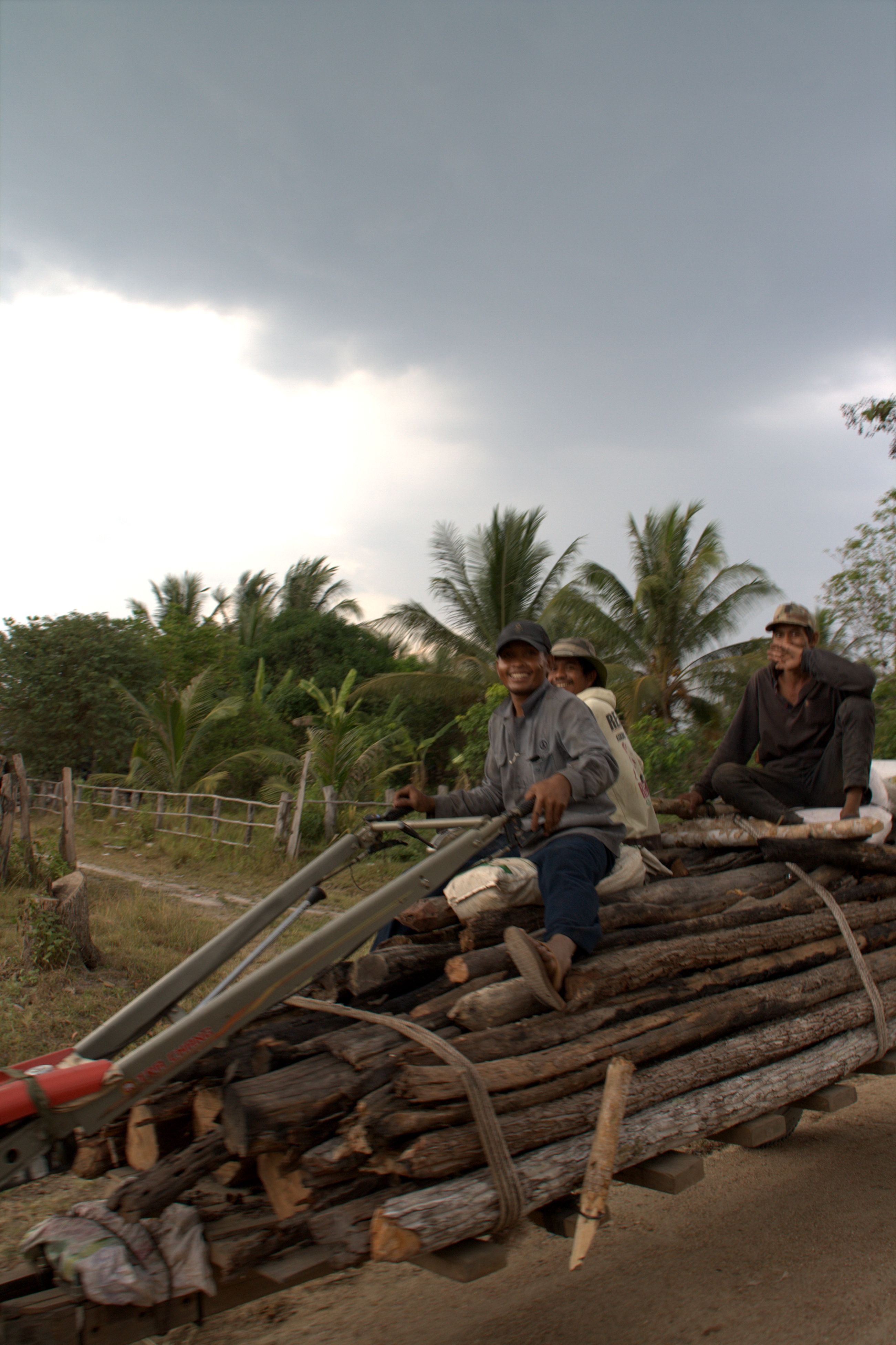April 06, 2012 | Pulitzer Center
By
Keyla Beebe
Although some of the timber cut in Cambodia’s Aoral Wildlife Sanctuary is legal, allotted by the government through economic land concessions or for community use, much is illegal. Villagers cut trees to sell as firewood, while private investors and the military are left unmonitored by the government. Loggers find they have to delve deeper into the country's protected areas since forest resources have dwindled in many areas.
